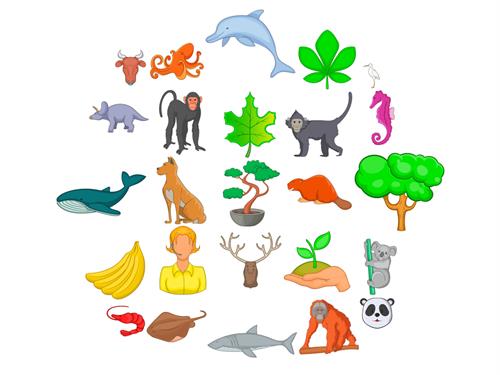
PUMPA - SMART LEARNING
எங்கள் ஆசிரியர்களுடன் 1-ஆன்-1 ஆலோசனை நேரத்தைப் பெறுங்கள். டாப்பர் ஆவதற்கு நாங்கள் பயிற்சி அளிப்போம்
Book Free DemoOn the basis of origin, resources may be divided into two types. They are:
1. Biotic resources
2. Abiotic resources
2. Abiotic resources
Biotic resources
Biotic resources are living resources like plants, animals and other microorganisms found or obtained from the biosphere. Fossil fuels such as coal and petroleum formed from decayed organic matters are also included in this category.
The biotic resources were mere substances until human beings recognise them and bring them into usage. In the beginning, humans fulfilled their food, clothing and shelter needs through primary activities such as hunting, food gathering, fishing and forestry.
Agriculture and cattle rearing (primary activities) came into practice once food becomes scarce.
Agriculture and cattle rearing (primary activities) came into practice once food becomes scarce.

Abiotic resources
Abiotic resources are the non-living parts of an environment.
Example:
Land, water, air, sunlight and heavy metals, including ores such as gold, iron, copper, silver etc.